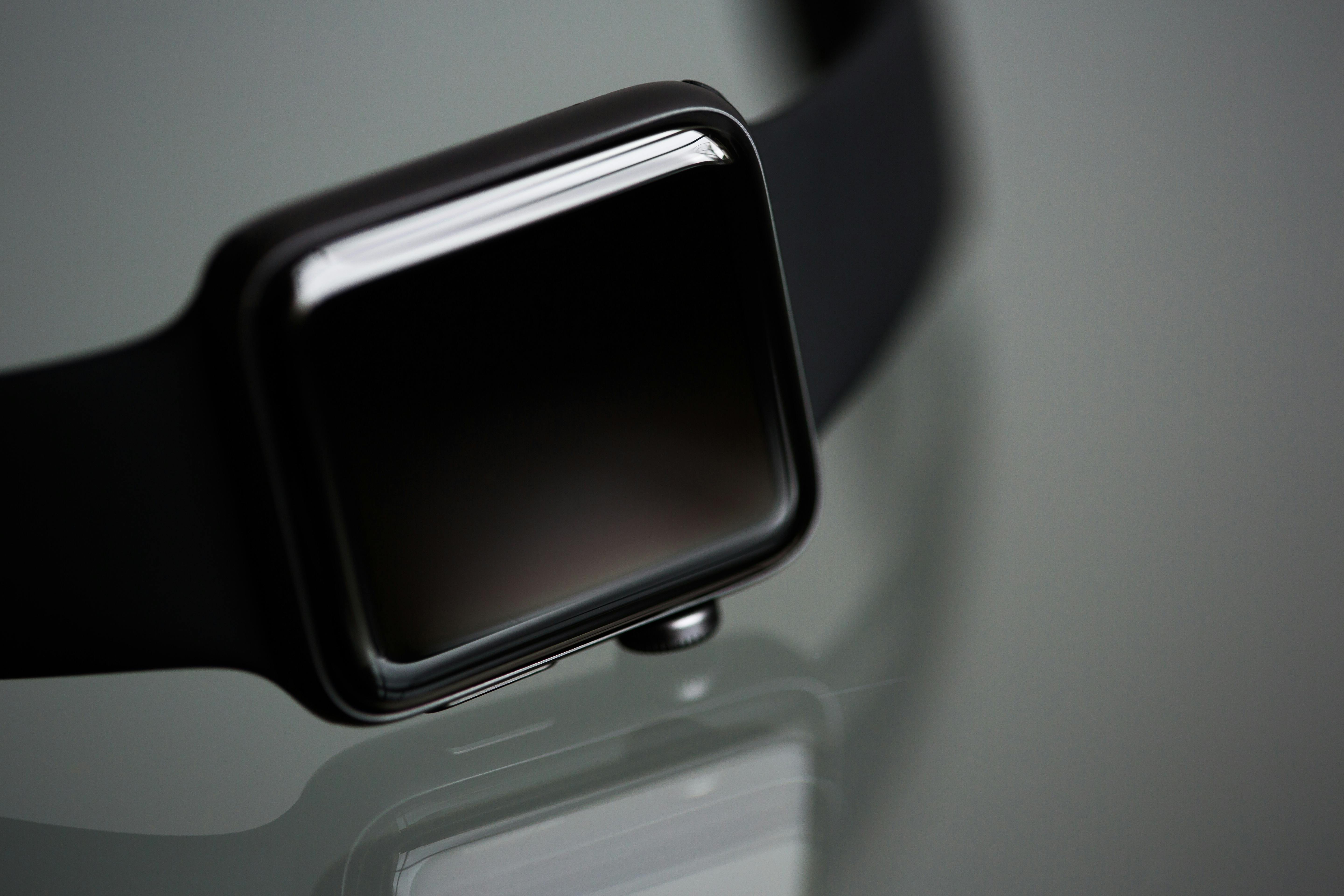Most people have the correct idea when they want to lose weight that they should track their calorie intake. It’s true that calories do matter when it comes to weight loss, but counting calories has some serious flaws. These mistakes are typically what breaks a diet and leaves the dieter frustrated and back at square one.
Many nutrition labels are inaccurate when it comes to the calories listed. The accounts are often wrong. We know that a gram of carbohydrates contains 4 calories, a gram of protein contains 4 calories, and a gram of fat contains 9 calories. The next time you see a Nutrition Facts label, pull out your calculator and do a little self-check. You’ll notice that the number you get from your calculations is not the same as the number on the Nutrition Facts label. There could be a difference of consistently enough calories (that you are consuming) that is impeding weight loss results because actual calories are not counted.
Another big mistake occurs when you track your calories using only a volume measurement. Here are some examples:
– A regular bag of quick oats says a serving size is “1/2 cup (40 grams)”. Most people measure out a 1/2 cup serving and count the calories in a 1/2 cup serving and go about their day. The problem is that a 40 gram serving when weighed on a scale is actually less than 1/2 cup. A 1/2-cup scoop of quick oats has about 54 to 56 grams, which is a difference of about 60 unaccounted calories. If you have 1/2 cup per day, at the end of the week that’s an extra 420 calories. Those 420 calories may be preventing you from losing weight or slowing down your progress.
– All natural peanut butter has a label that says one serving is “1 tablespoon (16 grams)”. Most people take a regular dinner spoon and scoop out their serving or take a real tablespoon and measure the peanut butter by volume. If you’re not leveling your volume measurement, you’re probably taking in more peanut butter and calories than you’re counting. It’s easy to take a 32-gram scoop instead of what the nutrition label says as 16 grams. This could be a difference
almost 100 calories that are not counted. If you do this every day, by the end of the week you will have consumed almost 700 calories, which is more than you thought. These extra 700 calories can completely stop weight loss.
Trying to “watch” or estimate too often can prevent weight loss. People have been shown to do a very poor job of estimating calories. When you’re estimating consistently, it’s just that, an estimate, it’s not accurate. A small brownie may contain more than 600 calories depending on the ingredients it contains. Most people would estimate a brownie to be only 200 calories, which is a disregarded 400 calorie difference.
So now that we’ve seen where mistakes can occur, what can we do about it?
Track your macro nutrients. Your macronutrients are your proteins, carbohydrates and fats. When you track your macronutrients using a smartphone app, you’ll always meet your daily calorie goal because total calories are more accurate than a Nutrition Facts label.
Use weight instead of volume to measure food. By using a small kitchen scale to weigh food, you will be significantly more accurate when keeping track of calories. You’ll also understand what actual serving sizes are when you see foods and liquids weighed visually. Now keep in mind that you don’t have to weigh your food forever, but weighing it when you’re losing weight will give you the most accurate numbers and therefore the best results.
As we can see, there can be quite a few errors with calorie tracking alone. When you’re accurate with your tracking, you’ll finally get the weight loss results you want with ease.



